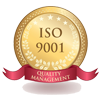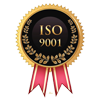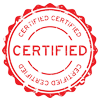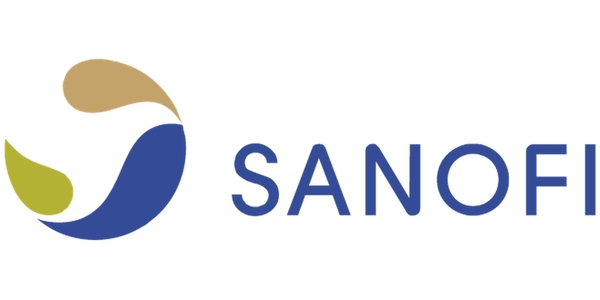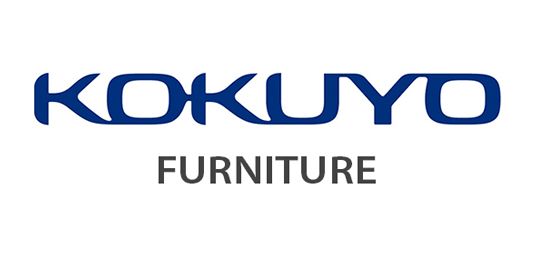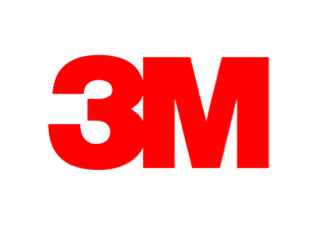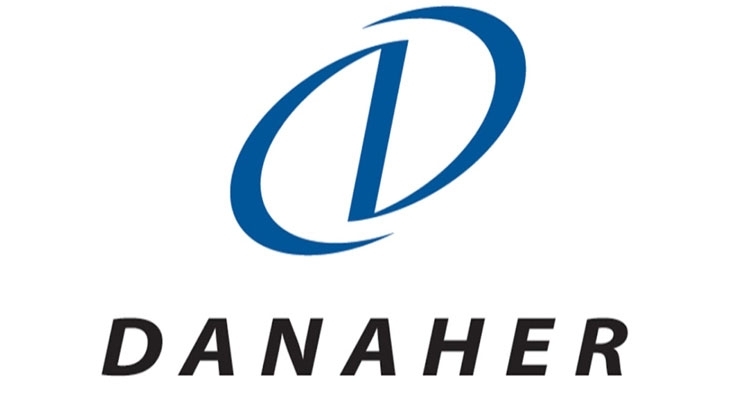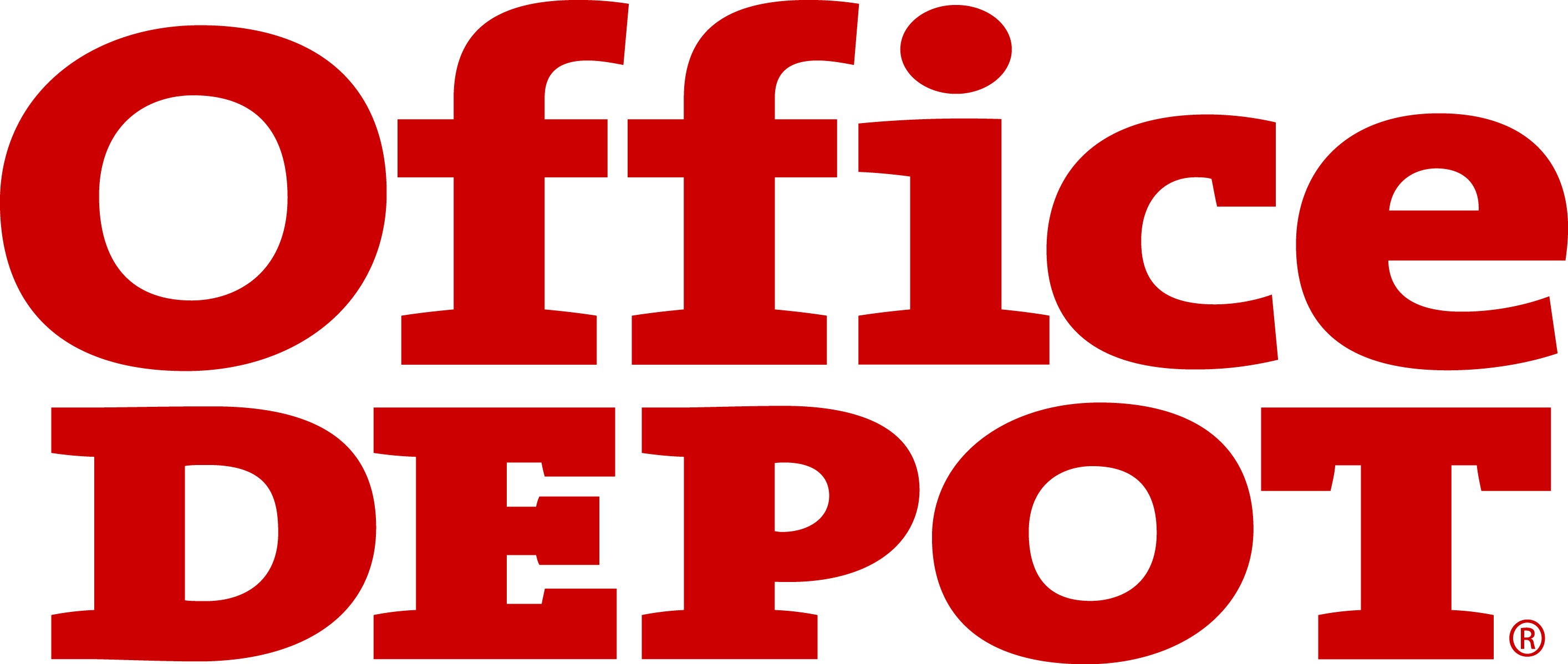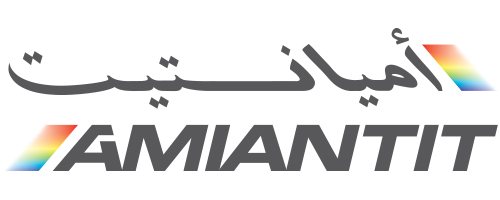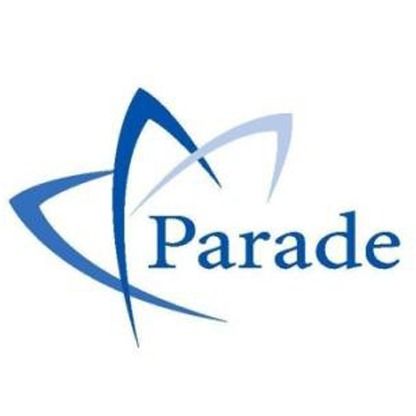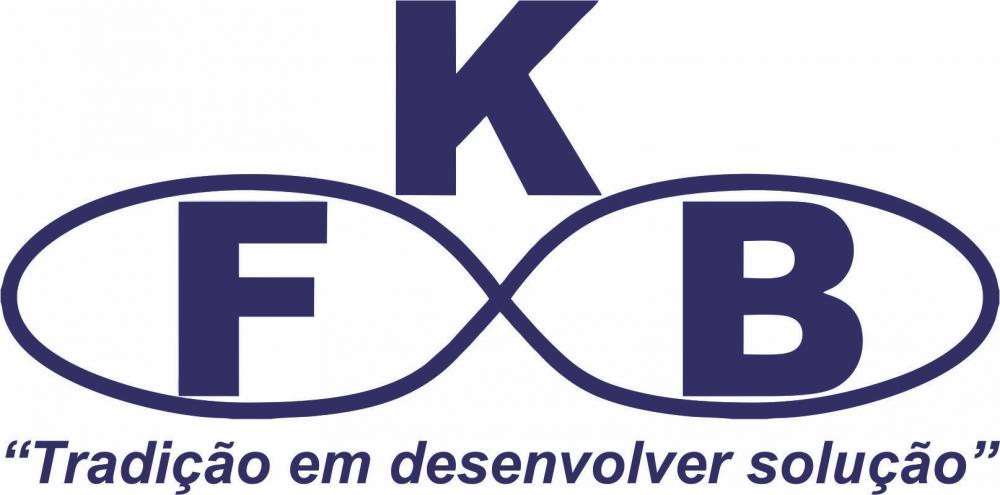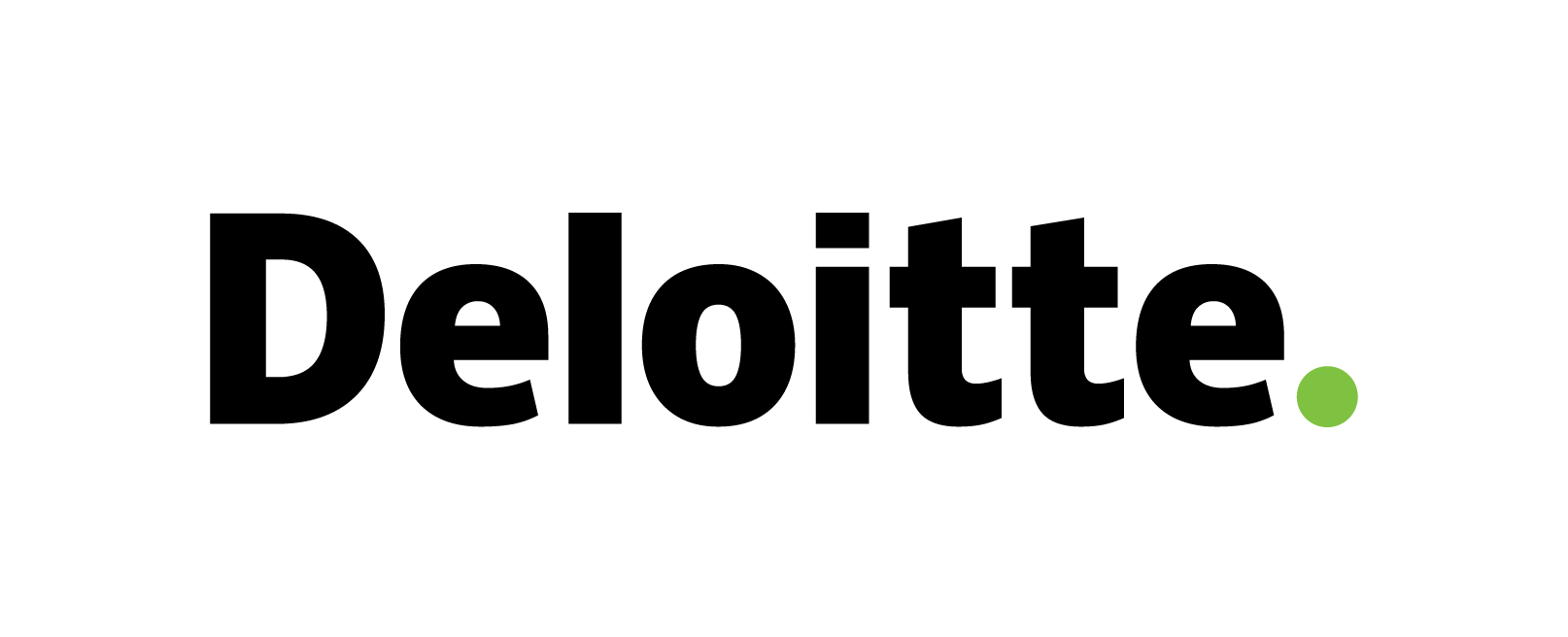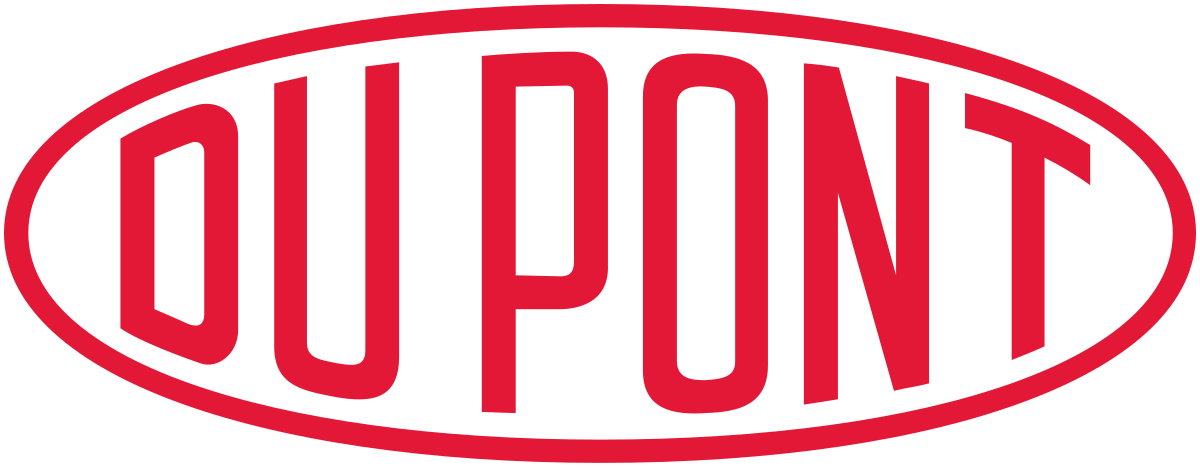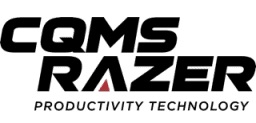Hyperlipidemia Market Share, Upcoming Trends, Size, Key Segment, Growth Status and Forecast 2032
Hyperlipidemia Market Dynamics
Hyperlipidemia Market by Drug Class (Statins, PCSK9 Inhibitors, Bile Acid Sequestrants, Cholesterol Absorption Inhibitors, Fibric Acid Derivatives, Combination, Others) End-Users (Hospitals, Specialty Clinics, Homecare, Others) and Geographic Regions (North America, Europe, Asia Pacific, Latin America, Middle East and Africa): Industry Trends and Global Forecasts, 2023-2032.
Market Size and Overview: Size and Share
The hyperlipidemia drugs market has witnessed substantial growth, with a compound annual growth rate (CAGR) of 2.5% from 2023 to 2032, reaching a market value of $28.4 billion in 2032. The market's growth can be attributed to the increasing prevalence of hyperlipidemia and related cardiovascular diseases. As sedentary lifestyles, unhealthy dietary habits, and rising obesity rates become more prevalent globally, the demand for effective hyperlipidemia drugs continues to surge. Additionally, advancements in drug development and increasing awareness among healthcare providers and patients contribute to the market's expansion. The market encompasses a wide range of drugs, including statins, PCSK9 inhibitors, fibrates, bile acid sequestrants, and cholesterol absorption inhibitors, among others. Key players in the market are actively engaged in research and strategic collaborations to address the growing medical needs and to maintain a competitive edge.
|
Hyperlipidemia Drugs Market: Report Scope |
|
|
Base Year Market Size |
2022 |
|
Forecast Year Market Size |
2023-2032 |
|
CAGR Value |
2.5% |
|
Segmentation |
|
|
Challenges |
|
|
Growth Drivers |
|
Market Segmentation:
Drug Class
- Statins
- PCSK9 Inhibitors
- Bile Acid Sequestrants
- Cholesterol Absorption Inhibitors
- Fibric Acid Derivatives
- Combination Therapies
- Others
End-Users
- Hospitals
- Specialty Clinics
- Homecare
- Others
Geographic Regions
- North America
- Europe
- Asia Pacific
- Latin America
- Middle East and Africa
Statins: Statins represent a significant share in the hyperlipidemia drugs market. These drugs are widely prescribed for managing high cholesterol levels and reducing the risk of cardiovascular events. The efficacy and safety profile of statins makes them a first-line treatment option for many patients with hyperlipidemia. The PCSK9 inhibitors segment is witnessing rapid growth due to their ability to lower LDL cholesterol levels effectively. These drugs are recommended for patients with familial hypercholesterolemia or those who are intolerant to statins.
Regional Analysis:
North America dominates the market, primarily driven by the high prevalence of hyperlipidemia in the region. The United States, in particular, accounts for a major portion of the market due to the rising incidence of obesity and cardiovascular diseases. In Europe, countries like Germany, France, and the United Kingdom exhibit a significant demand for hyperlipidemia drugs. The increasing aging population and lifestyle-related risk factors contribute to the region's market growth. The Asia Pacific region presents vast growth potential, driven by factors like increasing healthcare expenditure, rising awareness about cardiovascular health, and improving healthcare infrastructure. Countries like China and India are witnessing a surge in the geriatric population, further augmenting the demand for hyperlipidemia drugs. Latin America demonstrates steady growth in the hyperlipidemia drugs market, propelled by the rising prevalence of hyperlipidemia, especially in urban areas. Brazil, Mexico, and Argentina are among the key markets contributing to the region's growth. The Middle East and Africa present an evolving market with a focus on improving healthcare facilities and managing chronic diseases. The region's market is influenced by countries like Saudi Arabia, the United Arab Emirates, and South Africa, where lifestyle-related disorders are on the rise.
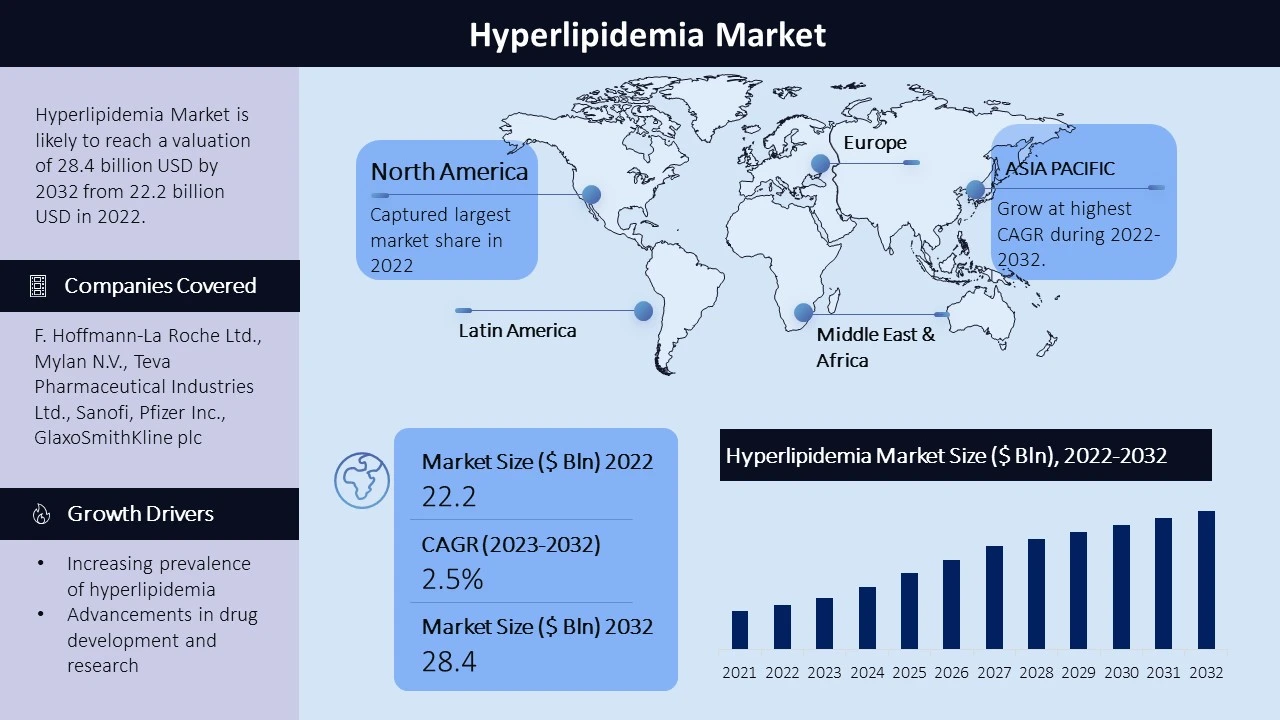
Growth Drivers:
The hyperlipidemia drugs market experiences substantial growth due to several key factors. Firstly, the increasing prevalence of hyperlipidemia, driven by sedentary lifestyles, unhealthy dietary habits, and rising obesity rates, fuels the demand for effective lipid-lowering drugs. As hyperlipidemia is a significant risk factor for cardiovascular diseases, the importance of early diagnosis and effective management becomes evident, driving the market's expansion.
Moreover, advancements in drug development and research contribute to the introduction of novel hyperlipidemia drugs with improved efficacy and safety profiles. The pharmaceutical industry's focus on developing targeted therapies for specific patient populations, such as PCSK9 inhibitors for patients with familial hypercholesterolemia, further propels market growth. The aging population also plays a pivotal role in driving market expansion. As the geriatric population is more susceptible to cholesterol-related disorders, the demand for hyperlipidemia drugs is expected to rise.
Additionally, increasing awareness among healthcare providers and patients regarding the importance of lipid management and its impact on overall cardiovascular health drives the demand for hyperlipidemia drugs. Regular screening and early intervention have become key strategies in preventing cardiovascular events, leading to an increased prescription rate of lipid-lowering medications.
Furthermore, favorable government initiatives and reimbursement policies play a crucial role in promoting the adoption of hyperlipidemia drugs. Governments across various countries are taking measures to tackle the burden of cardiovascular diseases, encouraging better access to essential medications for patients.
Challenges:
One major challenge is the high cost associated with treatment. Expensive drugs may limit access to adequate healthcare, especially in low-income economies, and hinder market growth. Furthermore, the shortage of skilled healthcare professionals and inadequate healthcare infrastructure in certain regions may impede the effective management of hyperlipidemia and restrain market growth.
Key Companies:
The hyperlipidemia drugs market is led by prominent companies, including F. Hoffmann-La Roche Ltd., Mylan N.V., Teva Pharmaceutical Industries Ltd., Sanofi, Pfizer Inc., GlaxoSmithKline plc, Novartis AG, AstraZeneca, Johnson & Johnson Private Limited, Sun Pharmaceutical Industries Ltd., Bristol-Myers Squibb Company, Eli Lilly and Company, Regeneron Pharmaceuticals Inc., Amgen Inc., DAIICHI SANKYO COMPANY, LIMITED, Alnylam Pharmaceuticals, Inc., Esperion Therapeutics, Inc., and Formac Pharmaceuticals N.V. among other players These companies possess a strong foothold in the market, boasting extensive distribution networks and offering a diverse range of products to address varying customer needs.
Notably, on August 2022, Esperion made significant strides when its bempedoic acid drug, NEXLETOL, received a recommendation as a vital oral non-statin therapy for lowering LDL-cholesterol (LDL-C) in the management of atherosclerotic cardiovascular disease (ASCVD) by the American College of Cardiology (ACC) task force on expert consensus decision pathways (ECDP). This recognition further solidified Esperion's position as a key player in the market.
In May 2022, Zydus Lifesciences entered the hyperlipidemia drugs market in India with the launch of its Bempedoic acid drug under the Bemdac brand. This addition to their portfolio aimed to address the treatment of uncontrolled levels of bad cholesterol, showcasing Zydus Lifesciences' commitment to offering effective solutions for hyperlipidemia management.

Need Customized Report for Your Business ?
Utilize the Power of Customized Research Aligned with Your Business Goals
Request for Customized Report- Quick Contact -
- ISO Certified Logo -
